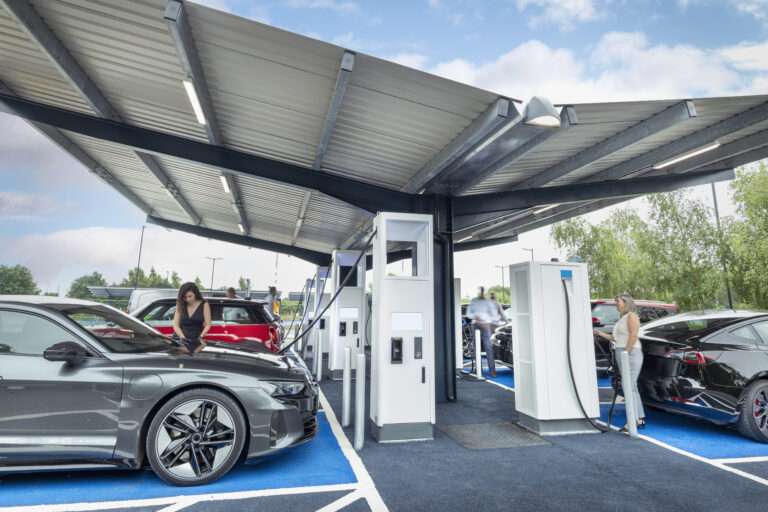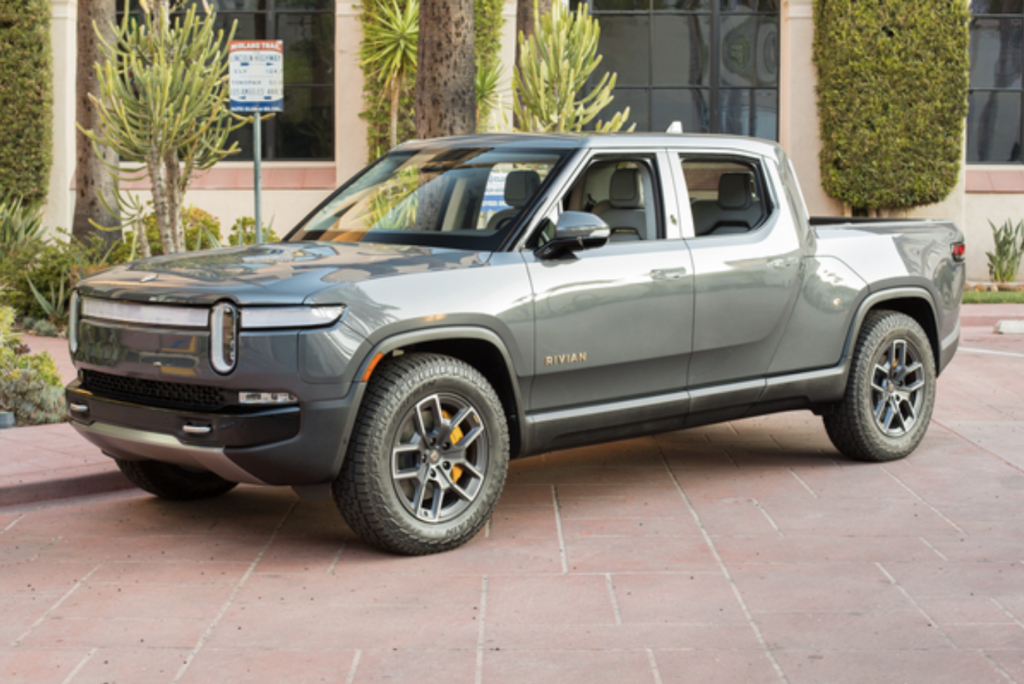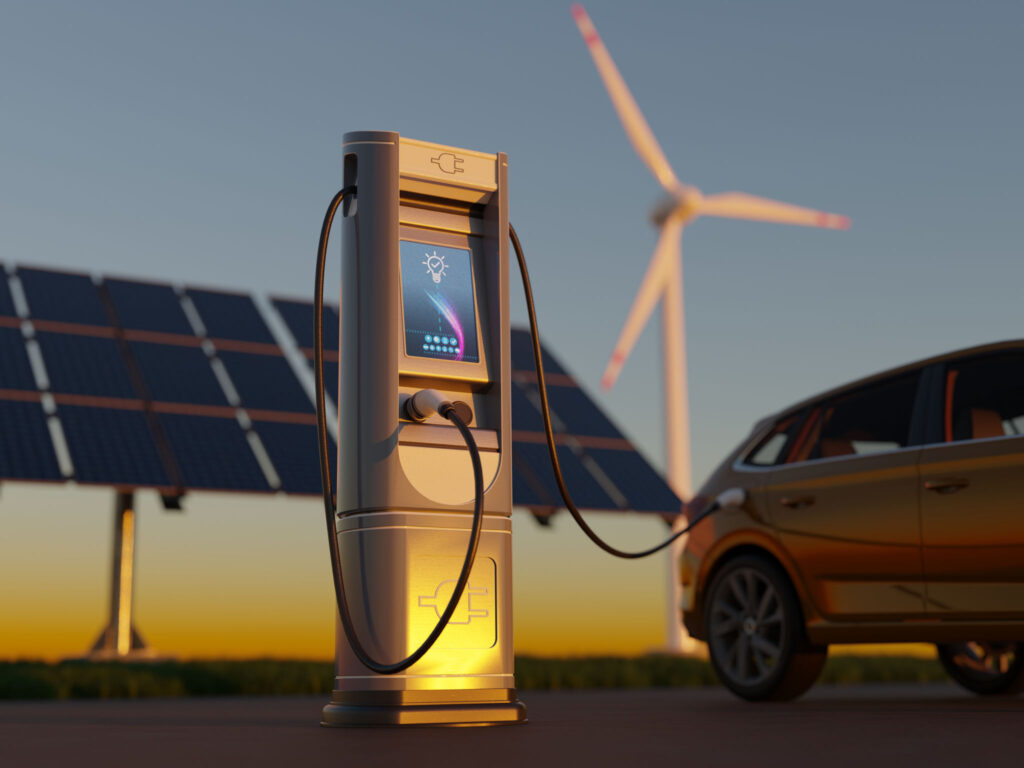
For over 100 years, gas stations have fueled America’s love affair with the automobile. They’ve revolutionized how our cities and towns look as the first commercial buildings to be set back from the street, according to the Smithsonian Institution. They’ve revolutionized travel, allowing millions of people to take the great American road trip. And now, they’ll have to revolutionize themselves to survive as more drivers opt for electric vehicles.
The retail fuel market has long been a tough industry. Gasoline is a low-margin business – at least for retailers. A majority of fuel-selling convenience stores are small businesses, not large conglomerates – so when oil companies earn record profits, local stores don’t necessarily reap the benefit, even if a brand name is on the marquee. Fuel efficiency has steadily increased over the last few decades, which is good for consumers but not for retailers.
Perhaps unsurprisingly, the number of gas stations has been in decline since the 2008 recession. That year, there were 151,000 gas stations across the United States, according to the federal government. In 2020, the most recent year of data available, there were 142,000 stations. The long-term drop is even larger. In 1972, the earliest data available, there were twice as many gas stations as today, even though there were than half as many vehicles as we have now.
The Challenges
Home charging: Right now, gas stations compete with other gas stations for a drivers’ business. With electric vehicles, there’s an entirely different type of competition – a garage. If an EV driver has access to a charger at home and has a reasonable commute, they might never visit a public charger except on a road trip. Indeed, 84% of drivers say they regularly charge at home.
More competition: The primary alternatives to traditional gas stations are wholesale clubs, which can use cheap gas to draw customers into the store. With electric vehicles, the range of potential competitors is much larger. Malls and shopping centers, hotels and restaurants, pharmacies and parking garages are all potential locations for EV chargers. Urban and suburban gas stations may be most vulnerable to this threat, particularly in affluent areas where drivers have higher rates of EV adoption and are less likely to shop at convenience stores. But it’s an issue that gasoline retailers everywhere are thinking about.
Check out these EV charging station concepts.
Long charging times: Gas stations are designed to be in-and-out businesses – spend a few minutes filling your tank, a few minutes more grabbing a snack, then be on your way. Charging an electric vehicle takes longer, even with a fast charger, so a convenience store alone may not be enough to occupy a driver’s time for 15 to 20 minutes. Already, gas stations have been expanding their offerings by adding car washes, lounges and coffee shops. But those changes require substantial investment that many independent gas stations may not be able to make.
Space limitation: Those changes would also necessitate a revamp of what the gas station looks like. Nearly all gasoline retailers plan to offer electric vehicle chargers, but stations on smaller parcels of land – particularly in urban areas – may not have room for EV chargers, gas pumps and a convenience store or other offerings.
Demand charges: In general, electric utilities charge customers for how much electricity they use. Many utilities also have a fee for commercial customers called demand charges, which are based on the maximum amount of electricity used at any one time during the billing period. The rationale behind this fee is sound. Utilities need to recover the cost of upgrading the grid to provide more juice to sites that need it. But EV charging stations use a lot of electricity very quickly, making demand charges very expensive even if a charging station is used only a few times per month. Research from California has suggested that demand charges can be as much as 90% of a charging station’s electricity costs. Some utilities offer rates designed to lessen the impact of demand charges on EV charging stations, but the issue will continue to challenge many gas stations across the country that are debating whether to invest in an EV charger.
The next decade will be critical for gas stations to prepare for a future when EVs will comprise a much larger portion of the cars on the road. And it’s important that gas stations succeed, so that owners of both gas-powered and electric vehicles will be able to easily get where they need to go.
AAA’s Recommendation: Whether you own an electric vehicle or a gas-powered car is up to you – and you should consider lots of factors in making that choice. No matter what type of vehicle you’re choosing, we recommend visiting a dealership, test driving one, and asking as many questions as possible to make an informed decision.


















